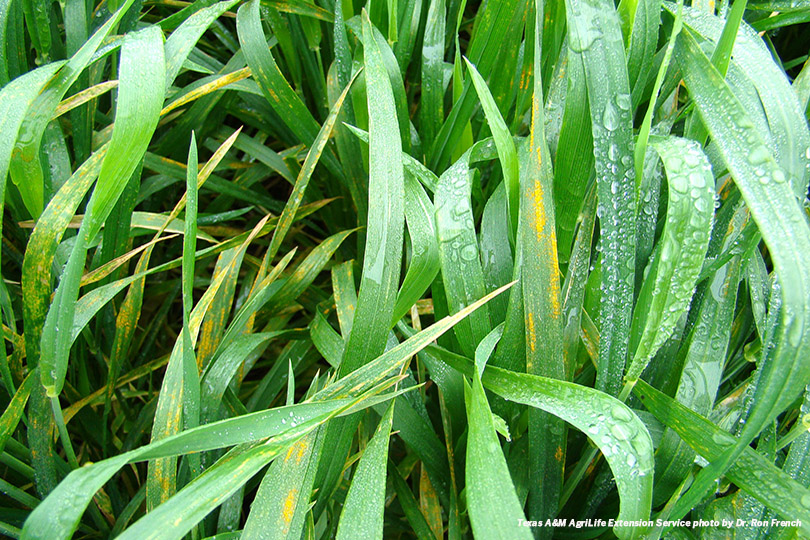Early sightings of stripe rust in Texas winter wheat fields should prompt farmers to scout their fields.
The infestation, although not severe, has been found in eastern and central portions of the Lone Star State, according to Texas A&M University AgriLife Extension small grains and oilseed specialist Clark Neely.
“It’s pretty early for us to be seeing rust in wheat,” Neely said. “We had similar conditions last year. And when we see it this early, it gives us cause for alarm.”
Farmers should be on the lookout for further signs of the disease. With much of the wheat in the jointing stage, farmers have a few weeks to scout and continue to monitor the progression of rust.
But it’s still early to treat the crop with a fungicide application, according to Agriculture.com.
“Growers need to be aware of what they planted and whether the varieties are resistant. If so, and the disease is not too severe, they can hold off,” Neely said. “If it’s heavy pressure and the varieties are susceptible to stripe rust, they should consider a fungicide application.”
If the Lone Star State experiences cool, damp weather throughout February and March, the infestation could spread. The below average temperatures and above average precipitation act as an incubator for the disease.
In some cases, yield losses of 40 percent can be expected. So experts urge farmers to remain vigilant and monitor the progression if stripe rust is identified in their fields.

